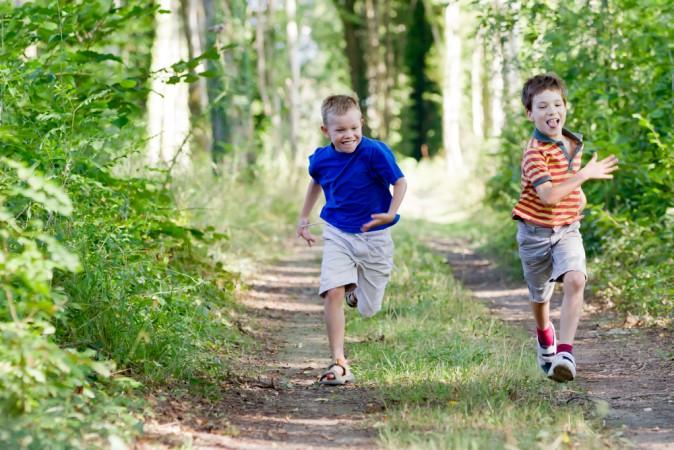By Natural News, Healing the Body
In today’s public schools, psychotropic drugs like Ritalin and Adderall are now forced down kids’ throats, as administrators and health officials try to modify the behavior of children. By using nervous-system-stimulating drugs to deal with the hyperactivity and attention deficit, health officials are driving the very nature right out of children while ignoring the root environmental reasons of why children are stressed.
The very presence of attention deficit and hyperactivity in children proves there is a disconnect between the restrictive public school environment and the natural flow of a child’s personality. Early on, children are thrust into an unnatural environment that encourages social and mental conditioning. Sitting still in one place for prolonged periods behind concrete walls and locked windows feels like prison to the very heart and nature of a child. The young soul is yearning for more than a strict regimen that toils on, day after day. For the short amount of time that children are allowed to play freely, they are sanctioned off on concrete slabs, rubber shavings and plastic equipment. The hands, feet, eyes and ears of the children rarely get to sense the comfort and beauty of nature.
Incorporating Nature Into the Learning Experience Reduces Children’s Stress Levels
A paper recently published n the journal Health & Place shows how important students’ relationship with nature really is. “Many schools already offer stress management programs, but they’re about teaching individuals how to deal with stress instead of creating stress-reducing environments,” said Louise Chawla, lead author of the University of Colorado Boulder study.
The study found that incorporating natural habitats into schoolyards helps students cope more appropriately with stress, while increasing attention span and reducing conflict. The presence of trees and grass instead of plastic and asphalt effectively balances the behavior of the children. Being among nature is more meditative and free, balancing the children’s energy levels.
“Schools are where children spend a major part of their life hours, so it’s an important place to look at for integrating daily contact with the natural world because of the many benefits it brings,” said Chawla.
The researchers observed these advantages at a Baltimore elementary school that served children with learning disabilities. The researchers also traveled to suburban Denver to study students who came from a wide range of socioeconomic backgrounds. After conducting 1,200 hours of observation, the researchers interviewed teachers and parents, looking for behavioral changes.
Students Prefer Woods Over Playground Equipment
At the Baltimore elementary school recess site, they observed that 96 percent of students from three consecutive school years chose to play in the woods instead of on asphalt playgrounds. While playing in the woods, the children felt free to engage in sensory-based activities like building forts and trading objects. In interviews, teachers reported that these children were more attentive and stress-free when they returned to the classroom. For the most part, parents thought the experience was empowering for the children too, critical to their social and emotional balance.
Likewise, gardening classes provided enormous stress-reducing benefits, allowing the youth to reconnect with nature and feel a sense of calm. The classrooms that gardened outdoors were more relaxed and cooperative, preferring the fresh air over the stagnant quarters inside the school room. Reflecting on their experiences, nearly all students felt favorable about connecting to natural living systems. They enjoyed caring for living things and having time for positive self-reflection.
Children Foster Supportive Relationships When Learning Amongst Nature
At the Denver elementary school, one in four students who completed assignments in a natural habitat called the experience “peaceful” or “calm.” Most thought that the process helped them escape stress of the classroom.
The benefits of nature didn’t end there. The researchers found that incorporating dirt, scrub oak and water features into the study environment helped the children foster supportive relationships and feelings of competence.
In one case, a student was being provoked by a group of classmates. The teachers reported that the student was more calm than usual because of the natural environment he was in. He did not allow his temper to escalate like usual.
“In more than 700 hours of observations at the Denver school’s green outdoor space, zero uncivil behaviors were observed,” said Chawla. “But there were many incidences of arguments and rudeness indoors, as there are at many schools.”
Having recess in wooded areas, taking science class outdoors, teaching gardening and doing writing assignments in nature are four powerful ways schools can reduce the prison-like state of public schools. Using nature instead of drugs frees children from social and behavioral conditioning. Nature doesn’t treat children as if they are the problem. By bringing nature into the learning environment, children feel freer to interact, pay attention and use their creativity.
*Image of “children“ via Shutterstock





